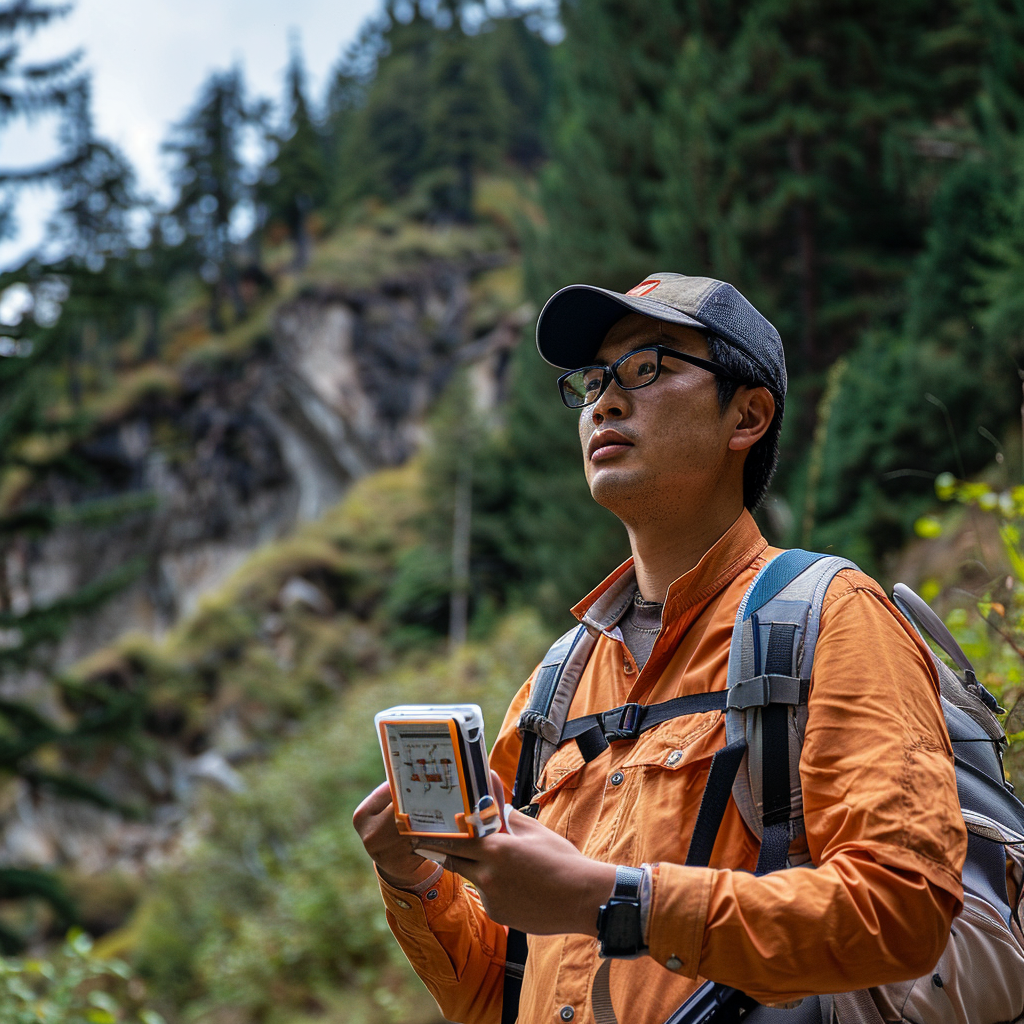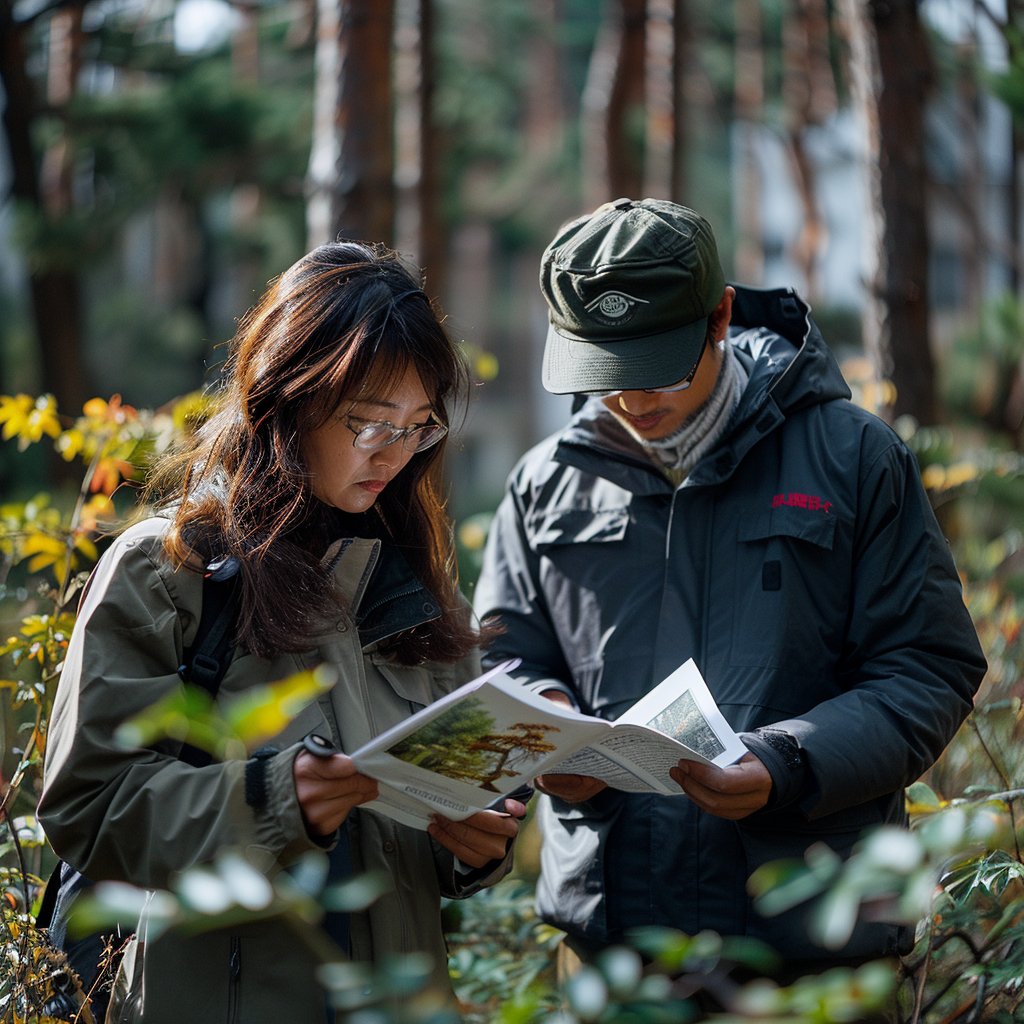發(fā)布:2025-06-24 瀏覽:0
在生態(tài)資源日益珍貴的當(dāng)下,林木資產(chǎn)作為大自然賦予的綠色財(cái)富,其價(jià)值評(píng)估不再只是簡單的樹木計(jì)價(jià),而是一門融合林業(yè)科學(xué)、經(jīng)濟(jì)學(xué)、市場(chǎng)分析的綜合性學(xué)問。無論是林地流轉(zhuǎn)、資產(chǎn)抵押,還是生態(tài)補(bǔ)償,精準(zhǔn)評(píng)估林木資產(chǎn)價(jià)格都至關(guān)重要,而掌握其基礎(chǔ)知識(shí),就如同拿到了解讀這份綠色財(cái)富價(jià)值的 “密碼本”。
In the current era where ecological resources are increasingly precious, the value assessment of forest assets, as a green wealth bestowed by nature, is no longer just a simple tree valuation, but a comprehensive discipline that integrates forestry science, economics, and market analysis. Whether it is forest land transfer, asset mortgage, or ecological compensation, accurate evaluation of forest asset prices is crucial, and mastering its basic knowledge is like obtaining a "codebook" to interpret the value of this green wealth.
一、認(rèn)識(shí)林木資產(chǎn):不止是 “樹” 那么簡單
1、 Understanding Forest Assets: It's Not Just About Trees
林木資產(chǎn)涵蓋的范圍遠(yuǎn)比想象中豐富。從類型上看,它既包括生長在山林間的用材林,像松樹、杉樹這類可用于建筑、家具制造的樹木;也有經(jīng)濟(jì)林,比如果樹、油茶樹等能帶來直接經(jīng)濟(jì)收益的林木;還有發(fā)揮生態(tài)防護(hù)功能的防護(hù)林,以及承載科研、景觀價(jià)值的特種用途林。這些林木資產(chǎn)的價(jià)值,不僅體現(xiàn)在木材的經(jīng)濟(jì)價(jià)值上,還包括碳匯能力、水土保持、生物多樣性保護(hù)等生態(tài)價(jià)值,以及旅游觀光、科普教育等社會(huì)價(jià)值。例如一片位于自然景區(qū)周邊的特種用途林,其景觀觀賞價(jià)值可能遠(yuǎn)超木材售賣所得,評(píng)估時(shí)必須全面考量其多元屬性。
The scope of forest assets is much richer than imagined. From a typological perspective, it includes timber forests that grow in the mountains and forests, such as pine and fir trees that can be used for construction and furniture manufacturing; There are also economic forests, such as oak trees and oil tea trees, that can bring direct economic benefits; There are also protective forests that serve ecological protection functions, as well as special-purpose forests that carry scientific research and landscape value. The value of these forest assets is not only reflected in the economic value of timber, but also includes ecological values such as carbon sequestration capacity, soil and water conservation, biodiversity protection, as well as social values such as tourism and science education. For example, a special purpose forest located around a natural scenic area may have a landscape appreciation value that far exceeds the income from wood sales, and its diverse attributes must be comprehensively considered when evaluating it.
二、影響價(jià)格的關(guān)鍵因素:自然與市場(chǎng)的雙重 “天平”
2、 The key factors affecting prices: the dual "balance" of nature and the market
林木資產(chǎn)價(jià)格受自然條件和市場(chǎng)環(huán)境的雙重影響。自然因素中,林木的種類、樹齡、生長狀況是核心。不同樹種因材質(zhì)、用途不同,價(jià)值差異顯著,如紅木等珍稀樹種價(jià)格高昂,而普通楊樹、柳樹價(jià)值相對(duì)較低;樹齡直接關(guān)系到樹木的蓄積量和成材程度,一棵生長 20 年的杉木,其蓄積量和經(jīng)濟(jì)價(jià)值遠(yuǎn)超 5 年生的幼樹;生長狀況良好、樹干通直、無病蟲害的林木,在市場(chǎng)上更受歡迎。此外,林地的立地條件也不容忽視,土壤肥沃、光照充足、排水良好的林地,更利于林木生長,其資產(chǎn)價(jià)值也更高。
The price of forest assets is influenced by both natural conditions and market environment. Among natural factors, the type, age, and growth status of trees are the core. Different tree species have significant differences in value due to their materials and uses. Rare tree species such as rosewood are expensive, while ordinary poplar and willow trees have relatively lower value; The age of a tree is directly related to its stock volume and maturity. A 20-year-old Chinese fir tree has a much higher stock volume and economic value than a 5-year-old sapling; Trees with good growth conditions, straight trunks, and no pests and diseases are more popular in the market. In addition, the site conditions of forest land cannot be ignored. Forest land with fertile soil, sufficient sunlight, and good drainage is more conducive to forest growth and has a higher asset value.
市場(chǎng)因素方面,木材供需關(guān)系直接影響價(jià)格。當(dāng)市場(chǎng)對(duì)木材需求旺盛,而供應(yīng)量有限時(shí),林木資產(chǎn)價(jià)格往往上漲;反之則下降。同時(shí),木材加工產(chǎn)業(yè)的發(fā)展水平、運(yùn)輸成本、政策法規(guī)等也會(huì)間接影響價(jià)格。比如某地新建大型木材加工廠,對(duì)本地木材需求激增,周邊林木資產(chǎn)價(jià)格隨之水漲船高;而嚴(yán)格的森林采伐限額政策,限制了木材供給,同樣會(huì)推動(dòng)價(jià)格上升。
In terms of market factors, the supply and demand relationship of wood directly affects prices. When the market has a strong demand for timber but limited supply, the prices of timber assets often rise; Conversely, it decreases. At the same time, the development level, transportation costs, policies and regulations of the wood processing industry will indirectly affect prices. For example, when a large wood processing plant is newly built in a certain area, the demand for local wood increases sharply, and the prices of surrounding forest assets rise accordingly; The strict forest logging quota policy, which limits the supply of timber, will also drive up prices.

三、評(píng)估方法:尋找價(jià)值衡量的 “標(biāo)尺”
3、 Evaluation method: Finding a "ruler" for measuring value
目前,常用的林木資產(chǎn)價(jià)格評(píng)估方法各有側(cè)重。市場(chǎng)法是通過尋找類似條件的林木資產(chǎn)交易案例,對(duì)比分析評(píng)估對(duì)象與參照案例在樹種、樹齡、蓄積量、立地條件等方面的差異,對(duì)參照案例價(jià)格進(jìn)行修正,從而確定評(píng)估價(jià)值。這種方法適用于市場(chǎng)交易活躍、有充足可比案例的情況,如經(jīng)濟(jì)林果園的轉(zhuǎn)讓評(píng)估。
At present, the commonly used methods for evaluating forest asset prices have their own focuses. The market approach is to find forest asset trading cases with similar conditions, compare and analyze the differences between the evaluated object and the reference case in terms of tree species, age, stock volume, site conditions, etc., and adjust the price of the reference case to determine the evaluation value. This method is suitable for situations where market transactions are active and there are sufficient comparable cases, such as the transfer evaluation of economic forests and orchards.
收益法著眼于林木資產(chǎn)未來能帶來的收益,通過預(yù)測(cè)未來若干年的木材銷售收入、林下經(jīng)濟(jì)收益等,結(jié)合適當(dāng)?shù)恼郜F(xiàn)率,將未來收益折算為當(dāng)前價(jià)值。例如對(duì)一片盛果期的蘋果園評(píng)估,可根據(jù)歷年產(chǎn)量、市場(chǎng)價(jià)格預(yù)測(cè)未來收益,再考慮資金的時(shí)間價(jià)值進(jìn)行折現(xiàn),得出果園的評(píng)估價(jià)格。
The income approach focuses on the future returns that forest assets can bring, by predicting future timber sales revenue, understory economic benefits, etc., and combining appropriate discount rates to convert future returns into current value. For example, in evaluating an apple orchard during its peak fruiting period, future returns can be predicted based on annual production and market prices, and then discounted by considering the time value of money to obtain the evaluated price of the orchard.
成本法從林木培育的成本角度出發(fā),計(jì)算培育和管護(hù)林木過程中投入的各項(xiàng)成本,包括種苗費(fèi)、整地費(fèi)、造林費(fèi)、撫育費(fèi)等,再加上合理的利潤和稅費(fèi),得出評(píng)估價(jià)值。這種方法常用于幼齡林評(píng)估,因?yàn)橛g林尚未產(chǎn)生收益,成本投入與資產(chǎn)價(jià)值關(guān)聯(lián)緊密 。
The cost method starts from the perspective of the cost of tree cultivation, calculates the various costs invested in the process of cultivating and managing trees, including seedling fees, land preparation fees, afforestation fees, nurturing fees, etc., and adds reasonable profits and taxes to obtain the assessed value. This method is commonly used for evaluating young forests, as they have not yet generated income and the cost input is closely related to asset value.
四、評(píng)估流程:嚴(yán)謹(jǐn)有序的價(jià)值 “探索之旅”
4、 Evaluation process: A rigorous and orderly value exploration journey
完整的林木資產(chǎn)價(jià)格評(píng)估是一個(gè)系統(tǒng)工程。首先要開展現(xiàn)場(chǎng)勘查,評(píng)估人員深入林地,實(shí)地測(cè)量林木的胸徑、樹高、蓄積量,記錄樹種組成、生長狀況,調(diào)查林地的地形、土壤、水源等立地條件,獲取一手?jǐn)?shù)據(jù)。接著收集市場(chǎng)信息,了解當(dāng)前木材市場(chǎng)價(jià)格、同類資產(chǎn)交易情況、林業(yè)政策法規(guī)等。然后根據(jù)評(píng)估目的、林木特點(diǎn)等選擇合適的評(píng)估方法,進(jìn)行數(shù)據(jù)處理和計(jì)算。最后撰寫評(píng)估報(bào)告,詳細(xì)闡述評(píng)估過程、方法、結(jié)果及相關(guān)依據(jù),確保評(píng)估結(jié)果客觀、公正、可靠。
The complete evaluation of forest asset prices is a systematic project. Firstly, on-site investigation should be carried out, and evaluators should go deep into the forest land to measure the diameter at breast height, height, and volume of trees, record the composition and growth status of tree species, investigate the terrain, soil, water sources, and other site conditions of the forest land, and obtain first-hand data. Next, collect market information to understand current timber market prices, similar asset transactions, forestry policies and regulations, etc. Then select an appropriate evaluation method based on the evaluation purpose, forest characteristics, etc., and perform data processing and calculation. Finally, write an evaluation report that elaborates on the evaluation process, methods, results, and relevant evidence to ensure that the evaluation results are objective, fair, and reliable.
本文由林木資產(chǎn)價(jià)格評(píng)估友情奉獻(xiàn).更多有關(guān)的知識(shí)請(qǐng)點(diǎn)擊:http://m.kkpcgoldfoam.com我們將會(huì)對(duì)您提出的疑問進(jìn)行詳細(xì)的解答,歡迎您登錄網(wǎng)站留言.
This article is contributed by the Friendship Contribution of Forest Resource Asset Evaluation For more information, please click: http://m.kkpcgoldfoam.com We will provide detailed answers to your questions. You are welcome to log in to our website and leave a message
- 森林資源資產(chǎn)評(píng)估:司法拍賣涉及森林資源資產(chǎn)評(píng)估(天然保護(hù)林、中齡林)如何評(píng)估? 2025/11/22
- 林業(yè)資產(chǎn)價(jià)格評(píng)估:全類型自然資源資產(chǎn)價(jià)值核算的深圳實(shí)踐 2025/11/20
- 林木資產(chǎn)價(jià)格評(píng)估:森林資源價(jià)值核算助力生態(tài)文明建設(shè) 2025/11/19
- 森林資源資產(chǎn)評(píng)估:林地資源生態(tài)產(chǎn)品價(jià)值核算總體目標(biāo)是什么? 2025/11/18
- 林業(yè)資產(chǎn)價(jià)格評(píng)估:七十六條中的“林木價(jià)值”如何確定? 2025/11/17
- 我國森林、草原與濕地資源管理的歷史沿革 2025/11/15




















